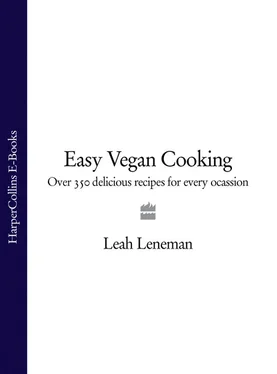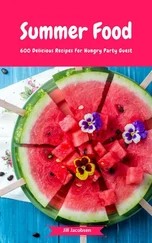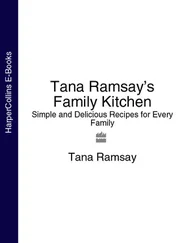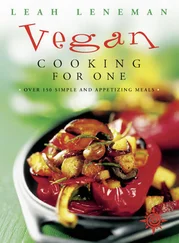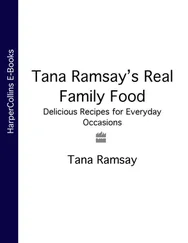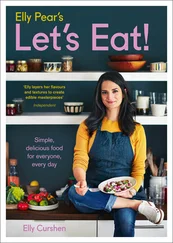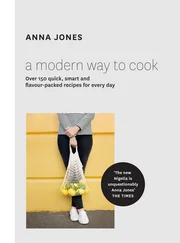3) Gradually beat in spoonsful of the cornflour mixture – the more you beat this, the better it becomes.
The thickness of this cream may be adjusted according to taste by altering the proportion of cashews and oil to water.
115g/4 oz/¾ cup cashews
425ml/ 1/ 4pt/ 2/ 3cup water 1 tbs vegetable oil as required raw cane sugar or chopped dates 1 tsp pure vanilla essence (optional)
1) Grind the cashews finely in a liquidizer. Add the rest of the ingredients and liquidize thoroughly.
Canned coconut milk from the Far East is now available. This is really more like a cream than a milk. When you open the can you will probably find a thick almost solid chunk and a very watery remainder. The secret is to empty the whole thing into the liquidizer and blend thoroughly. Any coconut milk not used at the time can be refrigerated for a few days and is unlikely to separate again. Creamed coconut is made from the solidified creamed coconut available at most delicatessens and many health food stores. It makes a particularly good topping for fresh strawberries or raspberries.
55–115g/2–4OZ/ 1/ 4–½ cup creamed coconut 140ml/ 1/ 4pt/½ cup very hot water (or to taste) as required sweetening
1) Grate the creamed coconut into a liquidizer or jar. Add the hot water and sweetening and liquidize or shake until the coconut has completely dissolved. Chill in the refrigerator. This can be made as a pouring cream or as a thick cream. It will thicken up when chilled so always make it a bit thinner than desired.
One product which vegans previously thought they had to do without was yogurt, but in fact the lactobacillus bulgaricus which so loves cows’ milk is equally keen on soya (soy) milk, and soya yogurt is delicious. Without paying attention to the extravagant ‘health’ claims for yogurt, I would still urge vegans to include this in their diet. A high-fibre vegan diet is not necessarily the easiest thing for a delicate digestion to adjust to, and the friendly bacteria in soya yogurt can make a big difference. Most of the vegan yogurts now available in Britain are long-life ones which means that though they may taste pleasant and be a reasonable source of protein, they are not ‘live’ and therefore will have no beneficial effects on the intestinal flora. The exceptions are the French and Belgian brands Sojasun and Proramel.
However, it is very easy to make soya yogurt at home. Sojasun unflavoured yogurt can be used as a starter or a dried ferment may be purchased at a health food store (but read the ingredients before buying – not all are vegan). Any soya milk can be used, even, surprisingly, the unsweetened ones. A yogurt maker is not necessary: I have always used a wide-rimmed thermos flask. Heat the milk to lukewarm, mix in the starter or ferment and leave for several hours. The yogurt can be used as a starter for the next batch and so on. The first batch is not usually that good, but it gets progressively better, and when it is at its best I usually freeze a little to be used as a starter later.
It is now well known that animal fats are not good for human beings, and however much the dairy industry attempts to disguise the fact, butter is an animal fat. Annoyingly, most supermarket ‘vegetable’ margarines still contain unnecessary dairy derivatives, but the own-brand ‘soya margarine’ found at many of them (and in the USA corn oil margarine) are vegan, and all of the health food store brands are 100 per cent vegetable. Most of them are soft margarines. but Tomor (available also in Jewish delicatessens) is more similar in texture to butter and is the one I prefer for pastry. Vitaquell is the only unsalted one I know of in the UK, and I use it for spreading on bread.
Cheese was originally just a way of using extra cows’ milk, but it has become so much a part of the western diet that the lack of it can be felt keenly. However, cheese can as easily (and as ‘naturally’) be made from soya (soy) and other vegetable sources as from animal ones. There is an increasing number of vegan hard cheeses available in health food stores in Britain. By using one of these cheeses, soya (soy) milk, and. if necessary, vegan egg substitute, it is possible to make a facsimile of any of the popular British savoury dairy dishes. (Apart from the Soymage brand, American soy cheeses unfortunately tend to contain casein and are not therefore vegan.) There are vegan cheese spreads which can also be used in cooking, as well as soft cheeses and cream cheeses, and even ‘sour cream’. A great boon is a vegan Parmesan-style cheese which can be used to good effect on pasta dishes. Nutritional yeast can also add a mildly ‘cheesey’ flavour to various dishes.
Alternatively, any of the following can be made at home.
Equal quantities of soya (soy) flour
and vegan margarine
Yeast extract to taste
1) Melt the margarine, add the flour and yeast extract and mix well.
2) Pour on to a greased tin and refrigerate until required. If a soft margarine is used then the resulting ‘cheese’ is easy to spread. If Tomor margarine is used then the ‘cheese’ can be sliced for sandwiches or grated and sprinkled over a hot savoury to be grilled (broiled) or baked.
115g/4 oz/ 1/ 4cup cashew nuts 1 tin (200g/8 oz) pimentos 1 tbs sesame seeds 1 tsp nutritional yeast ½ tsp onion salt 4 tbs vegetable oil 2 tsp lemon juice
1) Grind the cashews and sesame seeds finely in a liquidizer.
2) Add the pimentos (including the juice) and the rest of the ingredients and blend thoroughly.
Place some thick soya yogurt in a square of muslin or cheesecloth and tie securely; hang the muslin or cheesecloth over a tap to drip for several hours or overnight, then refrigerate. This is a soft cheese similar to a cream cheese texture.
Cover some cashew nuts with lukewarm water. Leave undisturbed in a warm spot for three or four days. Drain off the liquid and grind the fermented cashews in a mouli or grinder. (A liquidizer can be used, but the texture will be different.) Use with salads, particularly those with fruit.
It was difficult to know what to call this chapter because eating habits differ within the English-speaking world. In Britain, scones and muffins would be eaten in the afternoon, while in America they are eaten in the morning – as are pancakes, waffles and pastries, most of which the British would eat as dessert. I have put all such dishes in this chapter.
Quick and Easy Coffee Cake
In Britain something called a coffee cake will be flavoured with coffee, but Americans have adopted this kind of cake from the Continent, i.e. it is a cake served with coffee. It is not as sweet as the cakes in Chapter 17, and it is best served warm.
Cake 225g/½ lb/2 cups wholewheat flour Pinch sea salt 4 tsp baking powder 3 tbs raw cane sugar 2 tbs vegan margarine, melted 285ml/½ pt/1½ cups soya (soy) milk
Topping 3 tbs wholewheat flour 4 tbs raw cane sugar 3 tsp ground cinnamon 55g/2 oz/ 1/ 4cup vegan margarine
1) In a bowl combine the flour for the cake ingredients, salt, baking powder and sugar. Stir in the melted margarine and milk.
2) In a small bowl combine the topping flour, sugar and cinnamon. Rub in the margarine.
3) Pour the batter into a cake tin and spread the topping over it. Bake at 400°F/200°C/Gas Mark 6 for about half an hour. Serve warm, split and spread with additional margarine.
Читать дальше
